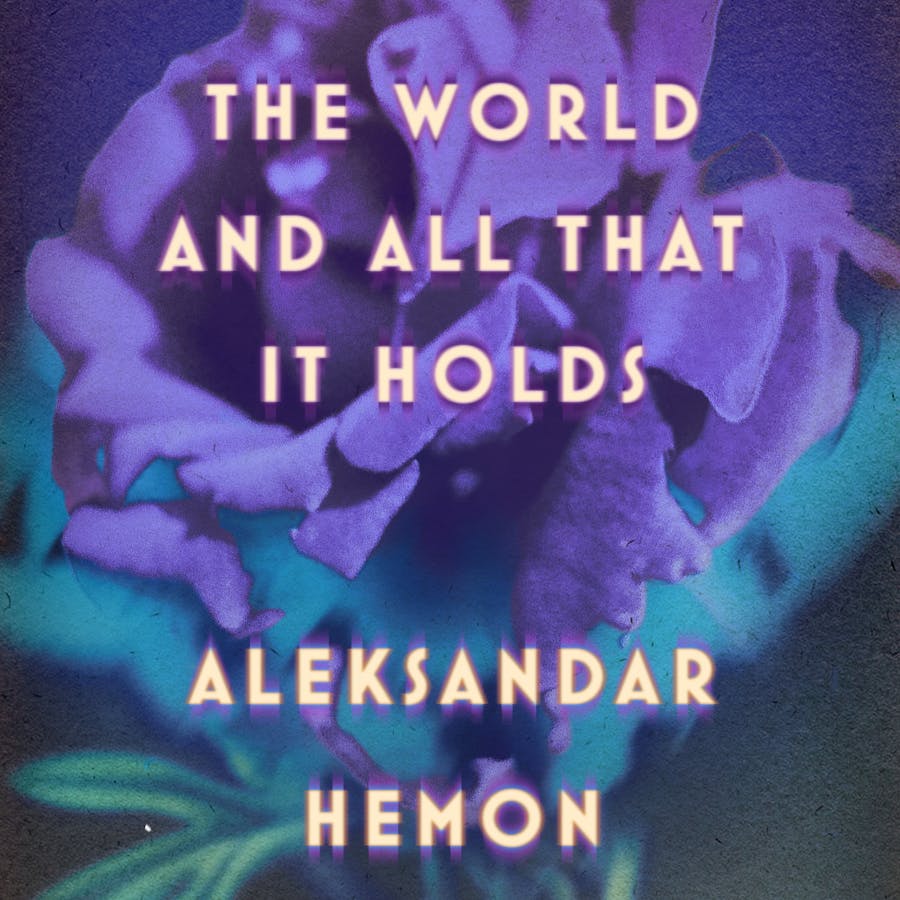Rafael
Pinto, a young Bosnian Sephardic Jewish doctor, steps away from his father’s pharmacy to
see Archduke Franz Ferdinand shot and the world irrevocably altered. Plunged
headfirst into the horrors of war, Pinto ends up finding the love of his life
in a fellow soldier, Osman. Though enemy soldiers and political intrigue
threatens them at every turn, together they fight for survival and a shared
future.
Aleksandar
Hemon’s latest novel is among his most ambitious, spanning not only decades and
continents but languages as well. Though written primarily in English, The
World and All That It Holds mixes in untranslated Bosnian, German, and even
Ladino (“Spanjol”). To further complicate matters, Pinto is also a habitual
opium user, and the line between the story’s reality and fever
dream/hallucination can be tenuous.
All of
this makes for a challenging read, but for the patient, there are rewards: the
tenderness of Pinto and Osman’s relationship (and, later, that of Pinto and his
adopted daughter Rahela’s) amid the savagery of their circumstances, their striking
contrasts (Pinto is introspective, soulful, and sensitive but also downbeat while Osman is
brave and bold, and whether in the flesh or in imagined memory, constantly an
encouraging presence), richly rendered settings (from the Sarajevo of a century
ago to Shanghai on the cusp of a Japanese invasion), and Hemon’s distinctively
lyrical prose.
There are,
however, frustrations as well, the biggest one of which is the intrusion of an author-narrator
commenting on the historicity of Pinto’s tale. Granted, The World and All
That It Holds is steeped in the telling of folktales, and so adding a meta
layer makes sense, but it also makes for a somewhat incongruous presence, especially in the
epilogue. A further disruption comes courtesy of a British spy who crosses
paths with Pinto and seems imported from a Graham Greene novel, an amusingly
larger-than-life character who nevertheless seems tonally out-of-place here.
The
World and All That It Holds
is far from an ideal entry point to Hemon’s work, and those well versed in it
may miss some of his more constrained earlier efforts, but there is still
plenty to appreciate in the spectacle he’s created here.

No comments:
Post a Comment